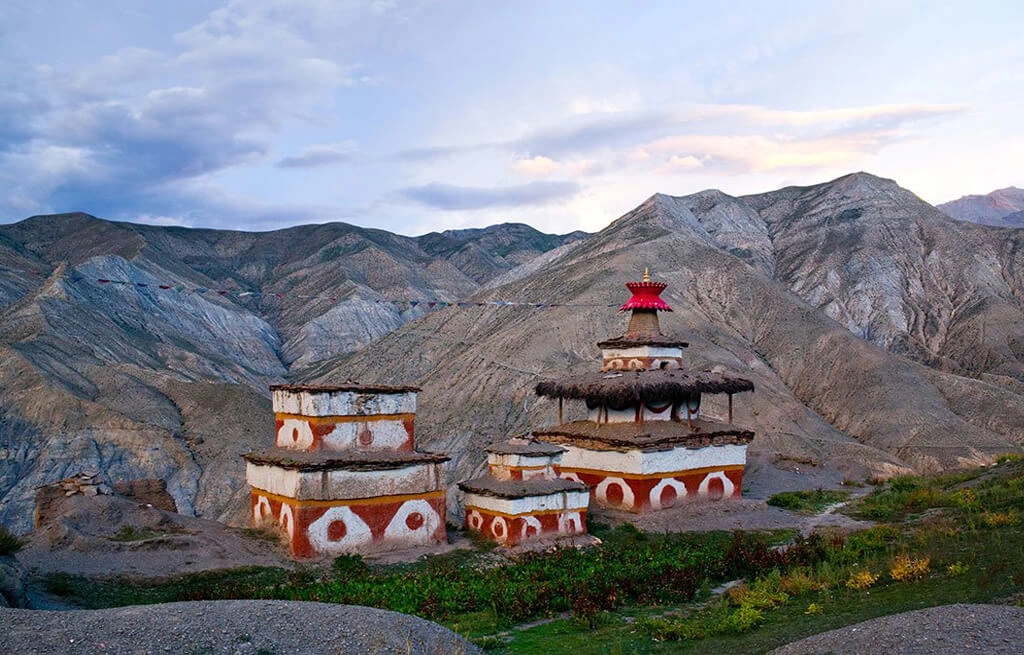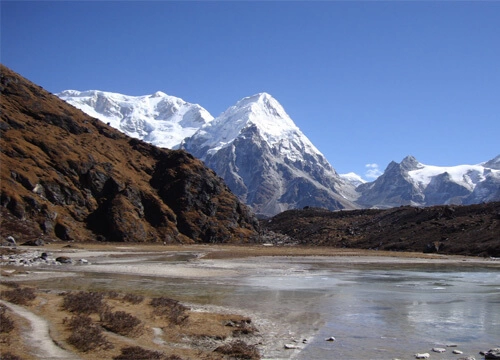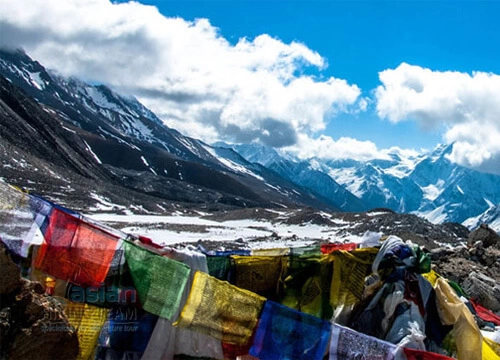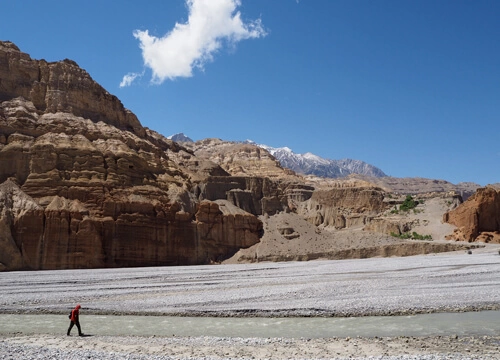Upper Dolpo Trek takes you to the high and confined valley of Dolpo. It is in Trans Himalayan region of Midwest Nepal. Geologically, upper Dolpo is a piece of the Tibetan Plateau. This area falsehoods is the remote Shey Phoksundo National Park behind the Dhaulagiri. Shey Phoksundo is the greatest national park of Nepal. The whole locale was shut to trekkers until 1989. Not at all like most different parts of Nepal are the Himalayas. This area is large, dry and cool. This area is merely vegetated with tough scenes where one can encounter the virgin nature. This area is untouched by the advancement and outside impact of any sort. The general population living here who is from Tibetan sources still taking after hundreds of years old Budhhist and Bonpo conventions blended with Shamanistic impacts.
Upper Dolpo Trek starts at Juphal after a 45min flight from Nepalgunj. At that point we trek to Dunai. It is authoritative headquarter of Dolpo district. Then we go through Sulighat coming to Phoksundo Lake. We trek along the banks of Phoksundo Khola to Shey Gompa through Kang-La pass. Taking after the antiquated Trans Himalayan Trade course we backpedal to Juphal for a flight to Neaplgunj. Then, from Nepalgunj we take flight to Kathmandu. We experience fascinating spots, people groups, valley and pass numerous enormous mountain ranges. Shey Phoksundo national park is home to rich natural life. It includes Musk Deer, Himalayan Blue Sheep and subtle Snow Leopard. We can appreciate the blue water of Phoksundo lake and encompassing Kanjirova range. An astonishing nation of Crystal mountain at Shey Gompa and Ringmo town still has some old religious communities alongside some most delightful view.
Dolpo is one of the most astounding occupied areas. It is honored with nature and rich culture past nature, yet at the same time once in a while went to outcast. This baffling and concealed area with particular individuals, construction modeling and special light conditions is a picture taker’s heaven. Walk in May in Spring and October-November in Autumn season are best times for trek. Nepal Pioneer Treks & Expedition is glad to operate this trek for you to make it your lifetime experience



